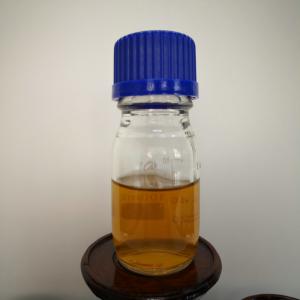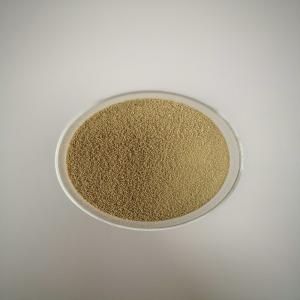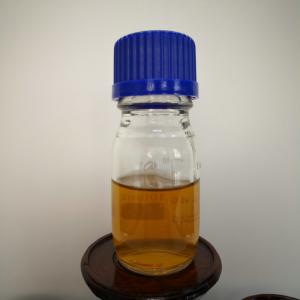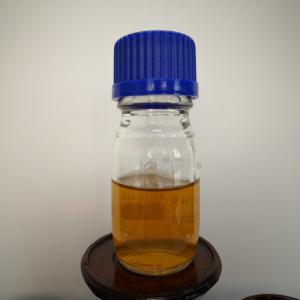An outstanding Alpha-Amylase greatly benefits starch sugar production with the following benefits:
1. Superior stability with low pH;
2. Decreases viscosity quickly;
3. Enhances liquefaction efficacy;
4. Avoid formation of chromophore;
5. Eliminate non-fermentable sugars;
6. No need to add calcium under majority processing conditions;
7. Capable to handle various starch materials, such as tapioca, corn, wheat and rice.
DESCRIPTION
Thermostable Alpha-Amylase HT-320 is derived from strain of Bacillus licheniformis by submerge fermentation, extraction and refining process.
HT-320 is an endoamylase which rapidly decreases the viscosity of a gelatinous starch solution by randomly hydrolyzing starch, glycogen and its degradation products within the α -1, 4 glucosidic bonds to produce soluble dextrins and oligosaccharides. It can be applied without adding calcium ions during liquefaction process of production.
As a very robust alpha-amylase with superior thermal stability and wide pH range, HT-320 is widely used in starch sugar, ethanol, monosodium glutamate, beer, brewing, organic acid and antibiotics industry.
PRODUCT CHARACTERISTICS
Declared Enzyme | Alpha-Amylase |
Systematic Name |
EC 3.2.1.1, 1, 4-alpha-D-glucan glucanohydrolase |
Activity | 40,000 U/ml (minimum) |
Appearance | Light to dark brown liquid |
Product pH | 5.5 to 7.0 |
Specific gravity | 1.15 to 1.25 g/ml |
EFFECT OF pH
HT-320 is active with pH range 5.0~7.0, the optimal pH is 5.5~6.2.
EFFECT OF TEMPERATURE
For interval liquefaction, the optimum temperature of HT-320 is above 90° C. It liquefies starch substrates promptly at 95 to 97° C and maintains highly active at 100° C. For consecutive liquefaction, HT-320 demonstrates exceptional thermal stability at temperatures from 105 to 110° C, maintaining its stability for 5 to 7 minutes, keep on liquefying rapidly, efficiently and completely.
USAGE GUIDELINES
For industrial application of one-time spray liquefaction, first prepare 30~35% w/w starch slurry, adjust pH to 5.5~6.5 and then add this product, dosage should be 0.2~0.6kg/TDS. Liquefying at 105~110° C and maintain for 5~7 minutes, flash cooling down to around 97° C, keep liquefaction at temperature above 95° C for 90~120 minutes so as to reach required DE value.
Exact dosage of HT-320 depends on the starch substrate, liquefaction equipment and other processing conditions. To optimize the dosage, it is recommended to conduct a number of liquefaction trials prior to routine use of this product.
STORAGE
This product has been formulated for optimal stability. Its typical shelf-life is 6 months provided being stored below 25 C in its original packaging, sealed and unopened, protected from the sunlight. Its shelf-life can be 18 months if it is properly stored at 0~10 C. Prolonged storage and/or adverse storage conditions such as high temperatures may lead to higer dosage requirements
SAFETY & ENZYME HANDLING
Inhalation of enzyme dust and mists should be avoided. In case of contact with the skin or eyes, promptly rinse with water for at least 15 minutes. For detailed handling information, please refer to the appropriate Material Safety Data Sheet.

 China
China



